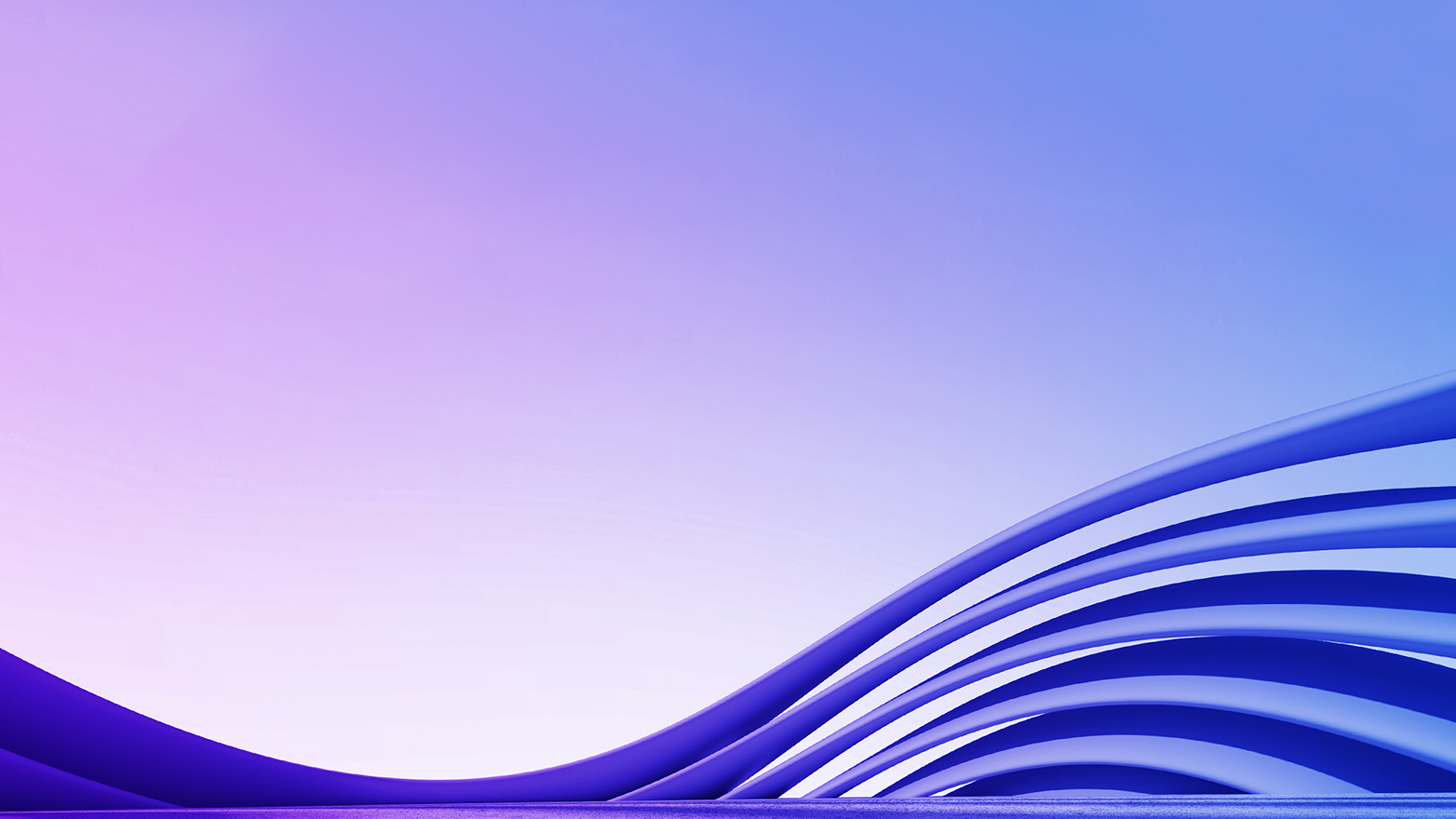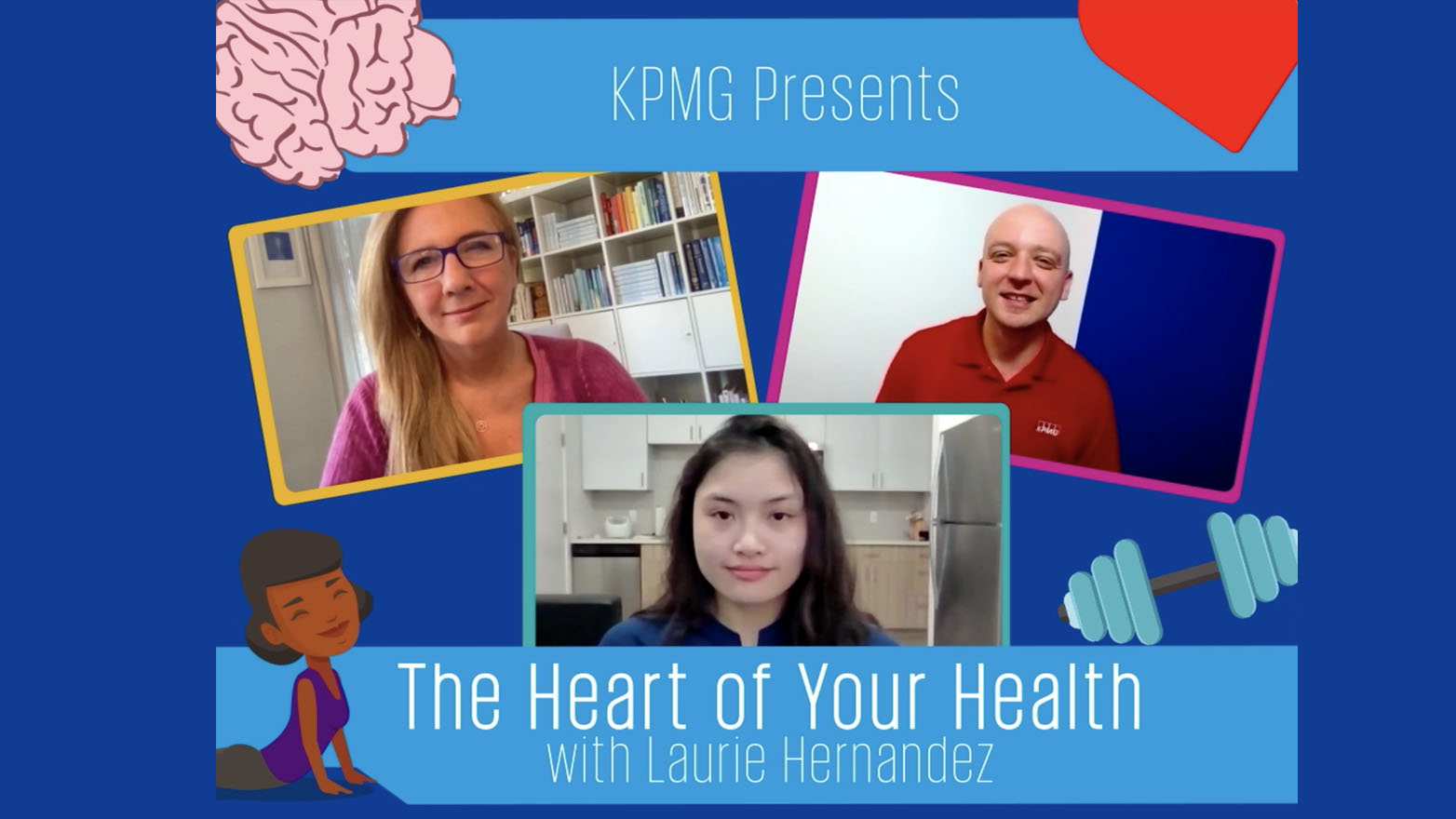Empowering Futures: Libraries & Access to Lifelong Learning | Video transcript
Hey there! My name is Laurie Hernandez. I'm an Olympic Gold Medalist for Team USA and a KPMG Learning Ambassador. Libraries are an invaluable and free resource available to everyone which is wonderful since everyone deserves access to self-education.
Today we'll be exploring one of the largest libraries in the world to gain an understanding of the importance of literacy and lifelong learning. This is KPMG Virtual Field Trips. Let's get started!
Today, we're setting off for the Library of Congress in the U.S. Capitol, Washington, D.C. Once there, we'll explore a seriously massive collection of over 173 million items, including more than 51 million books and other print materials in 470 different languages. We have so much to cover today, so there's no time to waste. Let's go!
Welcome to the Library of Congress. Situated right on Capitol Hill and just across the street from the U.S. Congress, this enormous collection of items serves as the National Library of the United States. This library houses more information than someone could ever hope to absorb in a lifetime. Even if you could read all the books, manuscripts, legal materials, maps, sheet music stored here, there's still massive collections of photographs, films, videos and sound recordings. Any media that is deemed culturally and historically significant to the world can be cataloged right here.
The Library of Congress is made up of three buildings, each named after a former president of the United States who has a strong connection to the creation of the library. The Thomas Jefferson Building, the James Madison Memorial Building and the John Adams Building. This building took its name from Thomas Jefferson because of his important contributions to the very early history of the Library of Congress, the founding fathers of the United States believed libraries had tremendous value and were typically avid readers themselves. So, in 1800, President John Adams approved an act providing $5,000 for books for the use of Congress. The beginning of the library.
Tragically, this original library was burned down by the British in 1814. This prompted Thomas Jefferson to sell his personal library of 6,487 books to restart the library. Jefferson believed the library should collect all different kinds of media, and that belief has shaped the diverse collection of content in the Library of Congress we know today.
For the first several decades of existence the library's primary purpose was to serve Congress, while offering only some popular literature to the public. Luckily, several of the Librarians of Congress like Ainsworth Rand Spofford and Daniel J. Boorstin came along with the mission to prioritize public access so everyone can better themselves through education.
Today, the library is headed up by Carla Hayden, the 14th Librarian of Congress and the first woman and African-American to serve as librarian. She inherited a global institution known for its information service to Congress librarians, scholars and the public in the United States and around the world.
To learn more about the Library of Congress we're going to have a guided tour from Jessica. Jessica is a docent or guide who knows all about the library and is going to show us everything we can see. All right. Well, welcome first to the Jefferson Building- one of three buildings we have here at the Library of Congress. It was built in the 1890s,the golden age of American industry. And this building shows that. And it also shows some of the ways that people can use the library when they come here.
This room is so cool.
This is the Librarian of Congress’ ceremonial office. This is where she meets up with dignitaries, heads of states, celebrities. It's a wonderful room. If you look to the ceiling you're going to see the owl, the lamp, and you're going to see the open book. And those are all symbols for knowledge and for people who come to the library.
Wow. Who actually uses the Library of Congress?
Everybody. There used to be an idea that it was for scholars and historians. But today- and this is partly through our current Librarian of Congress Dr. Carla Hayden- she has made a real effort for people to understand that the library is for everybody.
That's so wonderful.
Is that the capitol?
That is the capitol, as a matter of fact you're looking at the very first home of the Library of Congress. We spent almost 100 years over there.When the capitol was moving in 1800 from Philadelphia to Washington. They were leaving a place that had lots of libraries, thanks to Benjamin Franklin and coming to a place that didn't have any libraries, any schools, any bookstores. So they needed to have their own library.
So, I'm seeing so much beautiful art around us. But I am curious, where are the books?
People often ask that. A lot of them are in our three buildings here on Capitol Hill. But we also have a massive book storage up at Fort Meade in Maryland.
So how does the Library of Congress acquire its holdings?
Well, believe it or not, we add about 10,000 new items a day. A lot of those come from copyright deposits. Since 1870, every book that's been copyrighted in the United States comes here. That includes things like movies and recorded sound.
We also buy some books. We have six international offices where we buy books from all over the world. And a lot of people donate books. People who collected books their whole lives want their collections to be kept together. So, we acquire books in many ways.
That's a lot of books.
It's a lot of books.
So, what kind of books are held here? Do they have Harry Potter?
[laughs] We definitely have Harry Potter. We have Harry Potter in braille, in recorded books and in volumes. But, bad news. You can't check them out. You can come here and read all the books you want. We're not a lending library. We're a research library. So anyone who's 16 or older can get a reader's card. They're good for two years. So you can come here and read to your heart's content in a beautiful environment.
This next one is really exciting. What can you tell us about the Gutenberg Bible?
This is one of our real treasures. This is the book that changed just about everything about Western culture. In 1455, Johannes Gutenberg in Mainz, Germany printed 180 copies of the Bible in what time it had taken to handwrite one copy. Before this invention of movable metal type and a printing press, people could live their whole life never getting near a book. But it changed everything.
Thank you so much for this wonderful tour, Jessica. I know I received a lot from it. I’ve learned a lot. I think our viewers are going to learn a lot, too. So thank you for your time.
And to everybody who's watching if you’re in the area, come visit the Library of Congress. Kids are welcome here!
Wow! That was such an incredible experience. It was so inspiring to see the Library of Congress’ massive collection of valuable information. Of course, the purpose in maintaining such a large collection of books and media isn't for all of it to sit behind glass like a museum. The contents of a library are intended to be read by people like you and I. As the eight Librarian of Congress, Herbert Putnam, said. A book used, after all,is fulfilling a higher mission than a book which is merely being preserved for possible future use.
So don't forget to visit your nearest public library. Go check out a book and hop into an adventure. I'm sure many of you already have a library card, but if you don't, fear not. You can get your very own library card with just three simple steps. Step one, locate your local library and pay them a visit. You can use the internet or a phonebook to find the library closest to you. There are so many libraries in the United States there might even be one within walking or biking distance. Step two, find the front desk and fill out the provided library card registration form. The form will ask for information like your name, address and phone number, so be sure to have that information ready. Step three, receive your card. In some cases, you may be able to receive your library card on the spot. In other cases, you may need to wait a few days for the library to process your application.
And that's it. You'll have a library card that provides you access to books, movies, music and other materials from the library's collection. You may also be able to access digital resources like eBooks and online databases. Your access to a public library is and always will be totally free.
I am so gratefuI was able to join my friends at KPMG for a behind the scenes tour of the Library of Congress. KPMG recognizes the importance of literacy and books and wants to ensure that all children have access to books no matter where they live. KPMG's program called KPMG Family for Literacy, or KFFL, does this by putting new books and educational resources into the hands of children in need which helps develop the next generation of young leaders through reading.
They work with an amazing organization called First Book, and since they started in 2008, they have given out over 6.5 million books and don't plan on slowing down any time soon. They are helping to develop the next generation of young leaders through reading.
Well, what are you waiting for? There's so much to learn in the world, and you can begin your journey simply by paying a visit to your local library. I can't wait to see the person you'll become as a lifelong learner.
And especially to the kiddos out there don't forget to visit your local libraries. Check out a book and go hop into an adventure.
To learn more about the education efforts of KPMG, please visit KPMG.us. Thank you so much for watching. We'll see you again soon!
To all the kiddos who are watching, don't forget to visit your nearest public library. Go check out a book and hop into an adventure. I promise you, it's what the cool kids do now.


